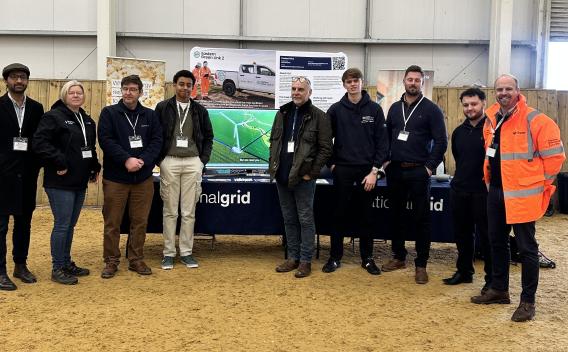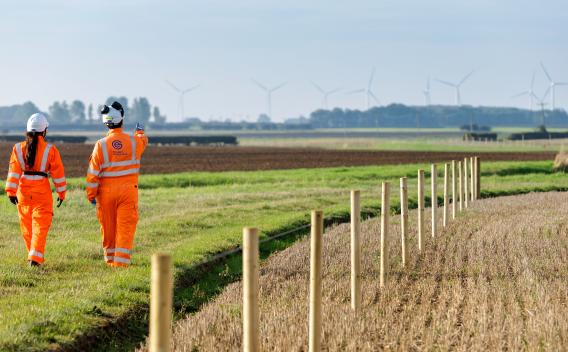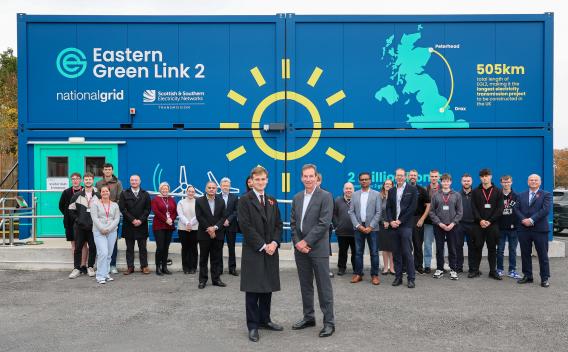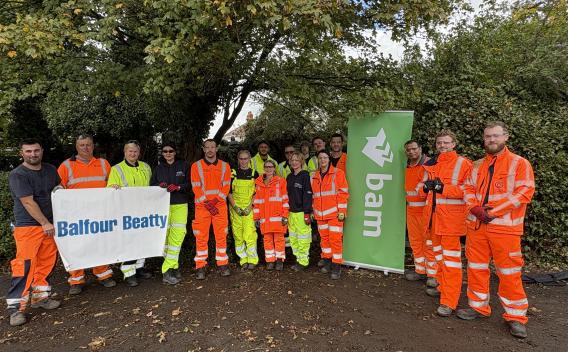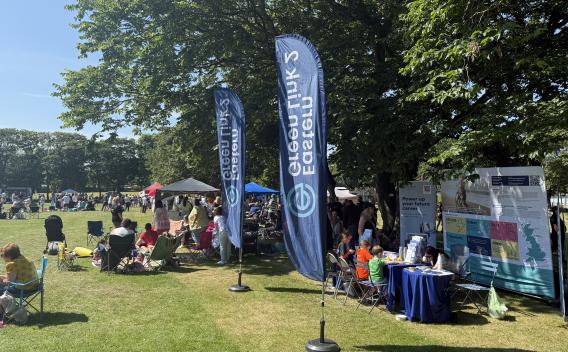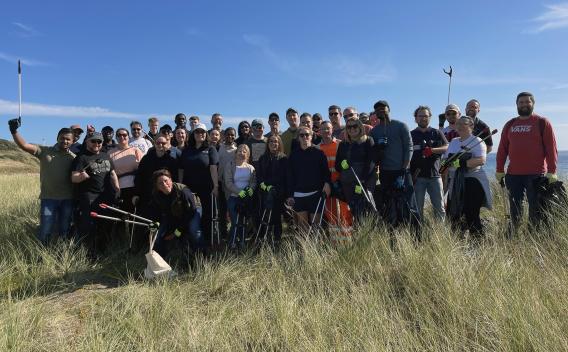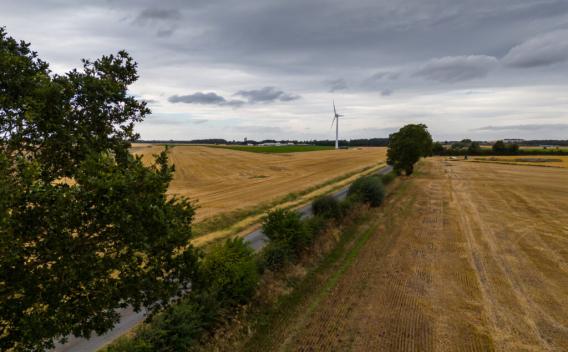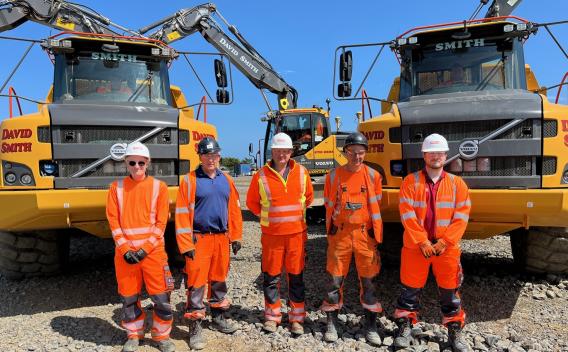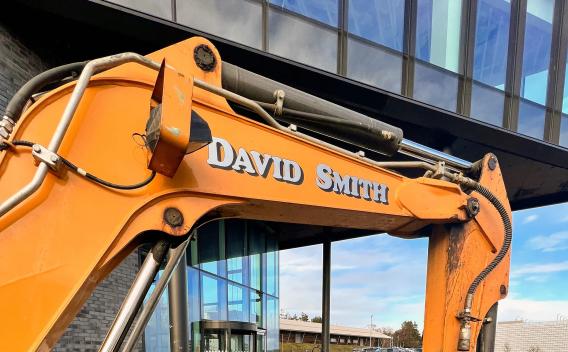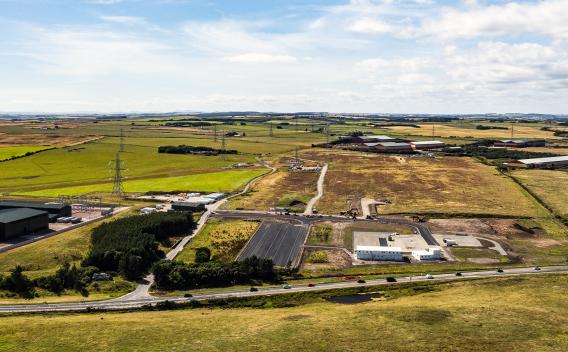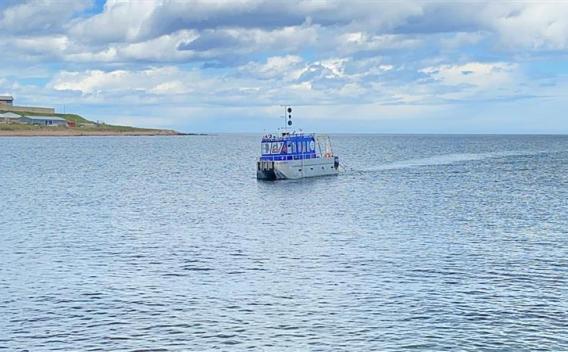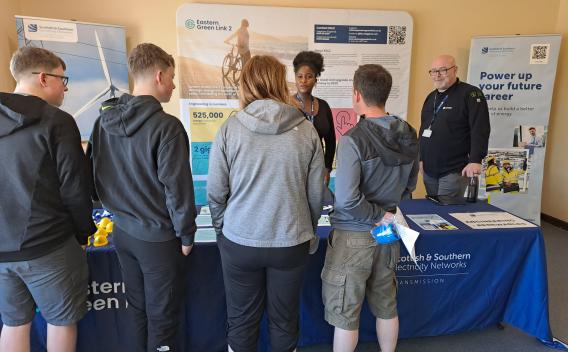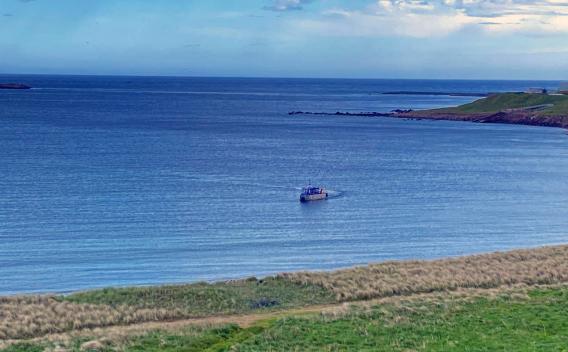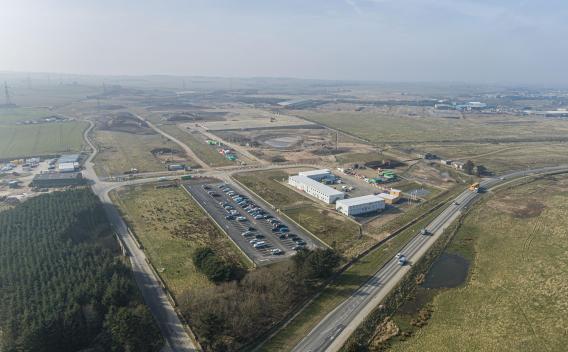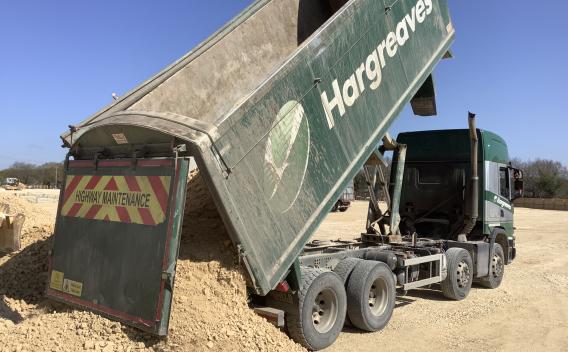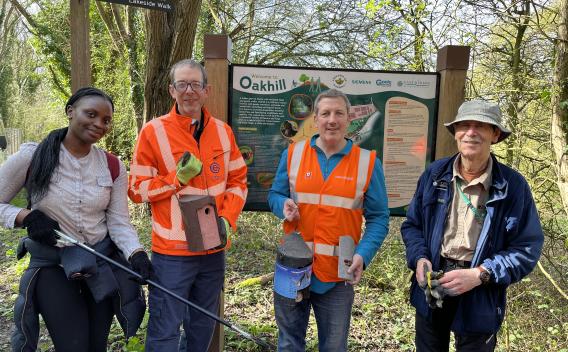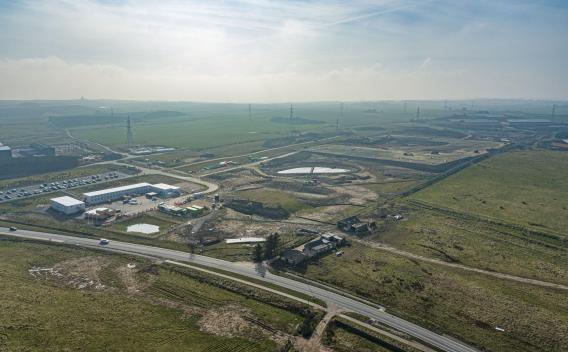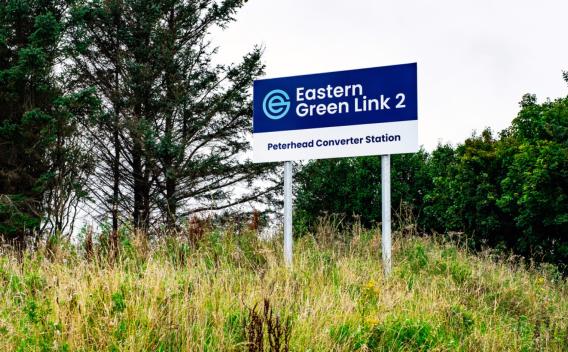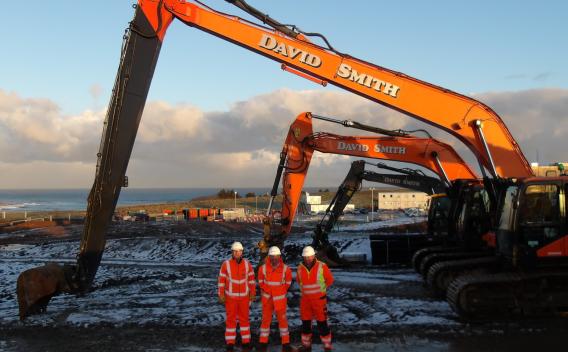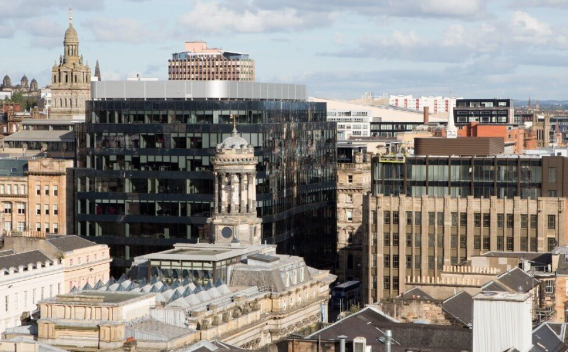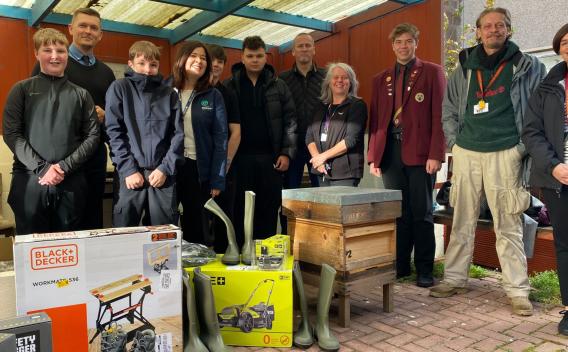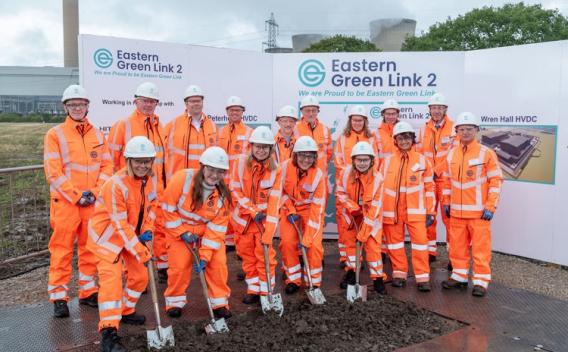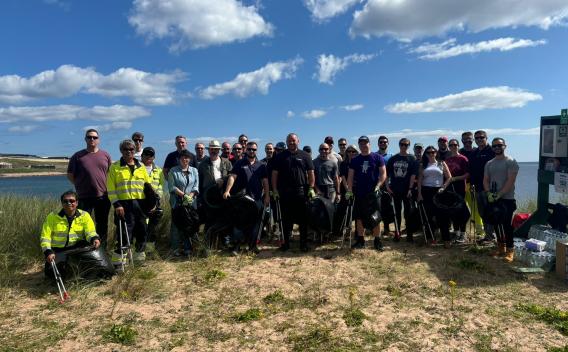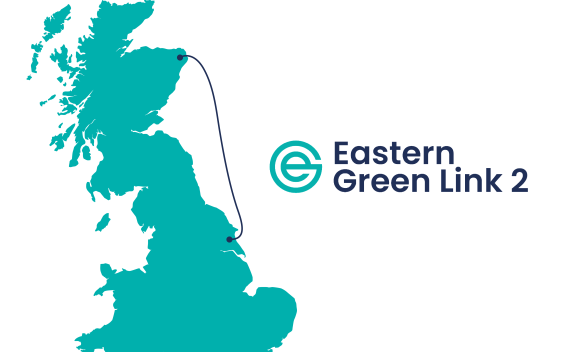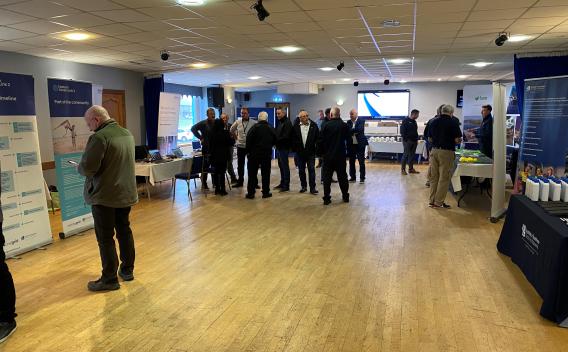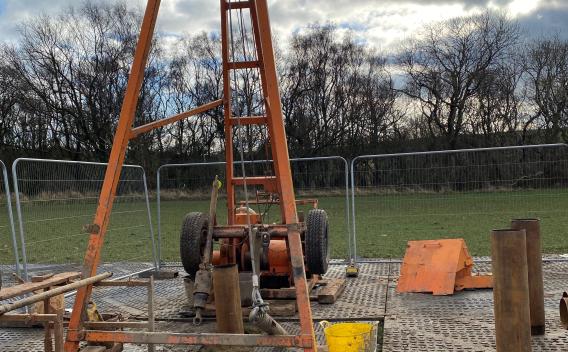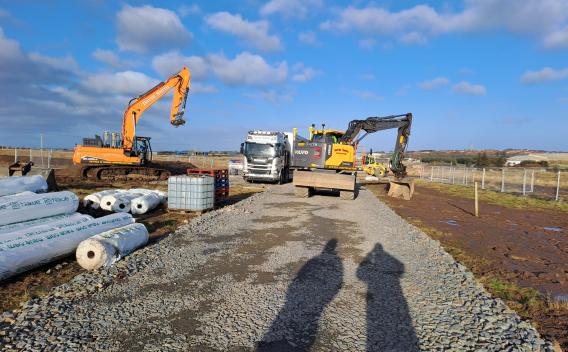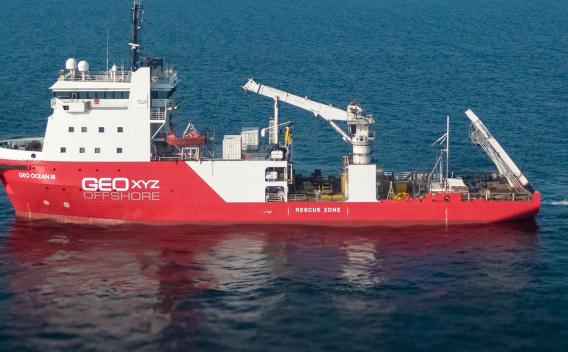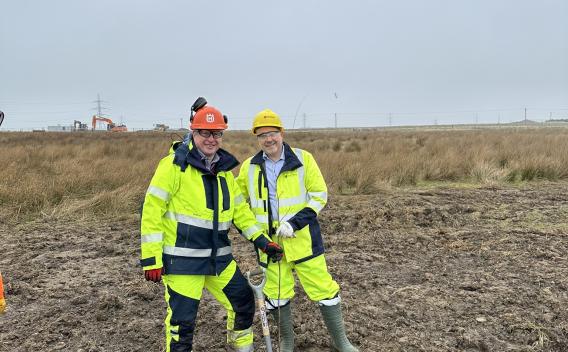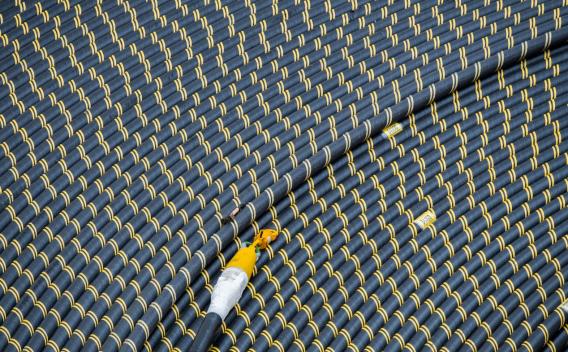Wren Hall Converter Station early works construction update
Since starting our construction activities for Wren Hall Converter Station in Drax, North Yorkshire in September 2024 for our Eastern Green Link 2 (EGL2) project, we have seen significant progress on site.
EGL2 is a £4.3 billion project that will see the installation of a 525 kV, two-gigawatt high voltage direct current (HVDC) subsea transmission cable from Peterhead in Scotland to Drax in England, providing enough electricity to power two million UK homes. EGL2 is being delivered as a joint venture between SSEN Transmission and National Grid Electricity Transmission (NGET).
In September 2024 we held a ceremony to mark the start of construction at the project’s two converter station sites – Peterhead in Aberdeenshire, and Wren Hall in Drax, North Yorkshire – which marked the official groundbreaking at both sites.
Since then, the EGL2 team has been working hard to setup our Wren Hall site in preparation for the construction of the converter station. This includes the setup of permanent site access, hoardings and site security, removal of topsoil, a temporary construction compound and installation of the distribution network operator (DNO) building. The final construction compound is expected to be completed in May which will house onsite offices, welfare facilities, and a dedicated visitor centre for the southern end of the project.
A converter station houses the technology that converts electricity between alternating current (AC) and direct current (DC) and enables it to be transmitted over long distances. For EGL2 there are two of these crucial switching points - one at Peterhead, and one at Wren Hall which are being delivered by our key contractors, Hitachi Energy and BAM.
Work is now underway for the delivery of the platform for the converter station. To date, this has included the removal of 21,000 m³ of topsoil, which was completed at in early March. To date, 25,000 m³ of starter layer (a base that provides support, alignment, and stability for everything built on top of it) and 30,000 m³ of fill material have been delivered to site. We have installed equipment in boreholes around the converter station platform to monitor platform and ground movements to allow real-time data to build efficiencies into design.
Over the next few months, local works will be undertaken to connect the site to key utilities such as mains water, telecommunications, and the local electricity network. Other works, including piling activities and the completion of our construction compound, are also set to take place as we see the start of our main construction programme begin later on in 2025.
EGL2 is currently scheduled to be operational by 2029.



